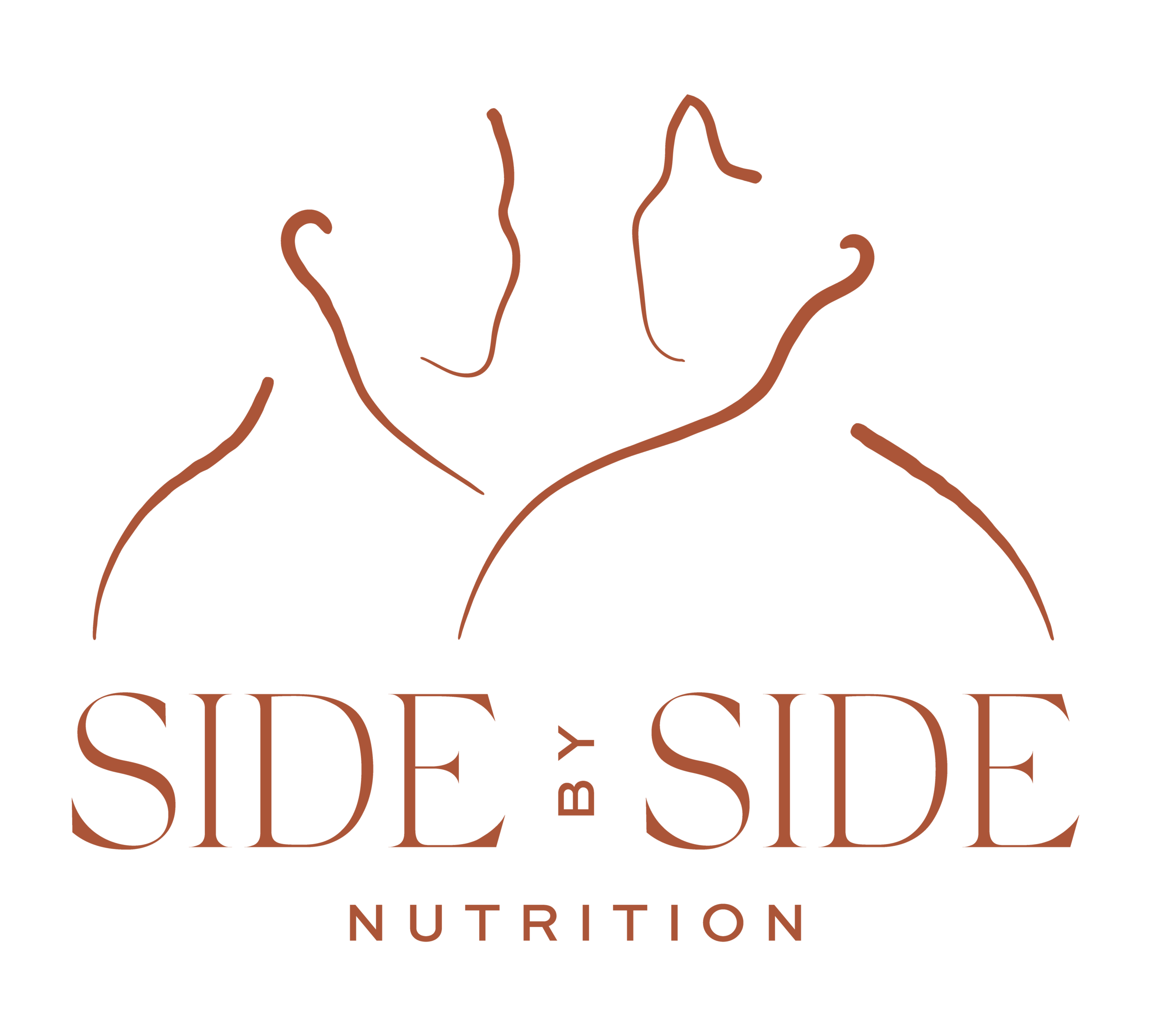Is Body Dysmorphia a Form of OCD?
Is Body Dysmorphia a Form of OCD?
Body dysmorphia, or Body Dysmorphic Disorder (BDD), is a mental health condition where individuals become obsessively preoccupied with perceived flaws in their appearance. These flaws are often minor or imagined but feel overwhelmingly real and distressing to those experiencing BDD. Given the obsessive nature of these thoughts, many people wonder if body dysmorphia is a form of Obsessive-Compulsive Disorder (OCD).
The Connection Between BDD and OCD
At first glance, BDD and OCD share similar traits. Both disorders involve intrusive, repetitive thoughts (obsessions) and behaviors (compulsions) aimed at reducing the distress caused by those thoughts. In OCD, these thoughts might revolve around fears of contamination or harm, whereas in BDD, they focus on appearance. For someone with BDD, the obsession might be with a perceived flaw in their skin, nose, or weight. The compulsion might manifest by repeatedly checking mirrors, seeking reassurance from others, or undergoing unnecessary cosmetic procedures.
BDD is classified under the same category as OCD in the DSM-5 (Diagnostic and Statistical Manual of Mental Disorders), placing both disorders under the umbrella of "Obsessive-Compulsive and Related Disorders." This categorization highlights the close relationship between the two conditions.
What Sets BDD Apart?
While BDD shares certain features with OCD, it also has distinct characteristics that set it apart. One key difference is the specific focus on appearance in BDD. People with OCD may have a range of fears, but BDD is almost exclusively centered on physical appearance and body image.
Additionally, people with BDD often experience more severe impairment in daily functioning, as obsessive thoughts about their appearance can dominate their lives. This can lead to significant distress in social situations, relationships, and even at work or school. BDD sufferers may go to extreme lengths to "fix" their appearance, such as excessive grooming, avoiding mirrors altogether, or turning to cosmetic surgery, which rarely alleviates their distress long-term.
Similarities in Treatment
Despite their differences, the treatment approaches for OCD and BDD often overlap. Cognitive Behavioral Therapy (CBT), particularly a specific form known as Exposure and Response Prevention (ERP), is effective for both conditions. This type of therapy helps individuals gradually face their obsessions (whether they be about germs or appearance) without engaging in compulsive behaviors, allowing them to tolerate the anxiety and reduce its intensity over time.
A person’s treatment team can include a therapist, a registered dietitian nutritionist, a psychiatrist or psychologist, and the patient’s medical practitioner. Online support groups and individualized nutrition therapy can help a person overcome this disorder. As ED RDNs, we will work with your healthcare team to ensure comprehensive care.
Understanding the Unique Impact of BDD
While BDD shares common ground with OCD, it’s important to recognize the unique struggles of those living with body dysmorphia. The intense focus on appearance can lead to isolation, depression, and, in severe cases, even suicidal thoughts. For individuals with BDD, their body image becomes the lens through which they view the world, creating a distorted and often painful reality.
Final Thoughts
Body dysmorphia is closely related to OCD but remains a distinct disorder. The obsessive nature of the thoughts and compulsive behaviors present in both conditions explains why they are often grouped. However, the central focus on appearance and the profound impact on self-esteem and daily functioning set BDD apart. With the right treatment and support, individuals with BDD can learn to manage their thoughts and improve their relationship with their bodies.
If you or someone you know struggles with BDD or OCD, reaching out for professional help can be the first step toward relief.

